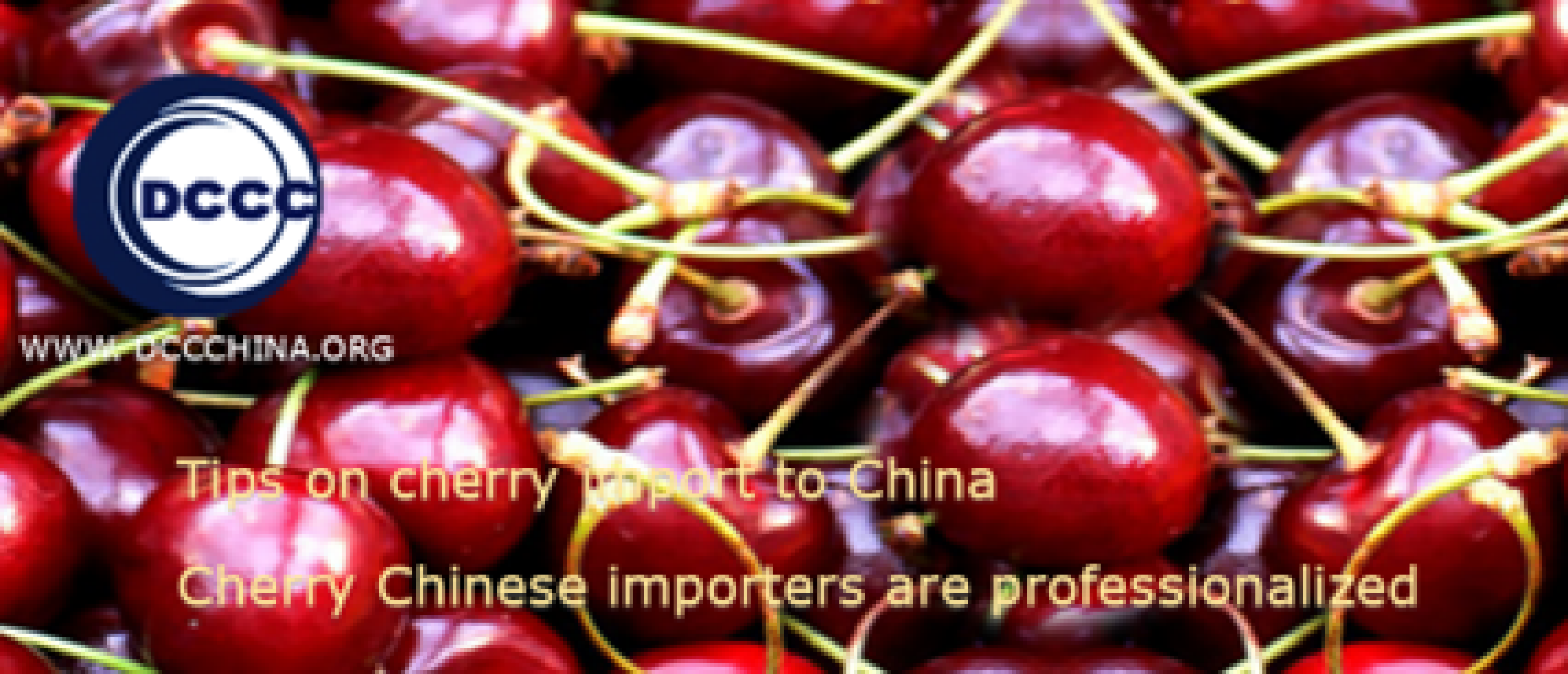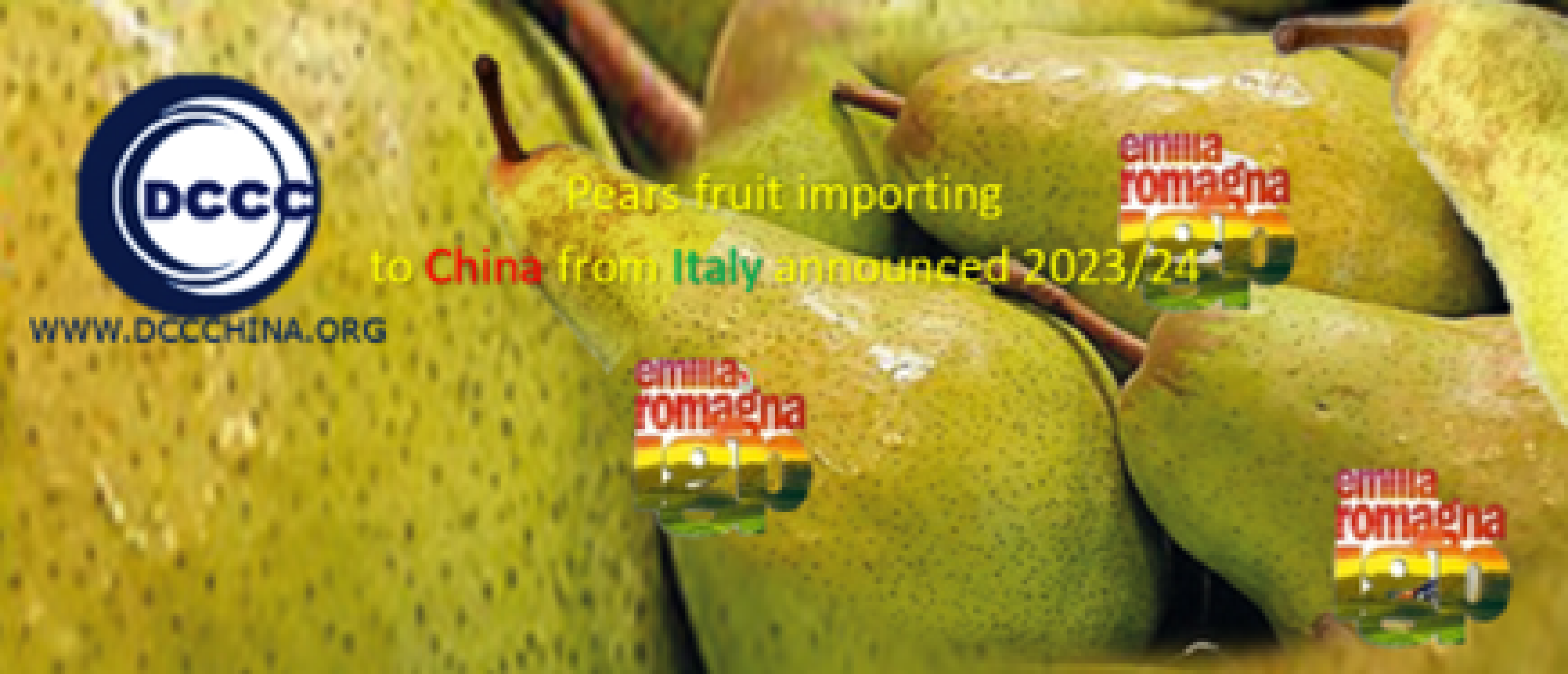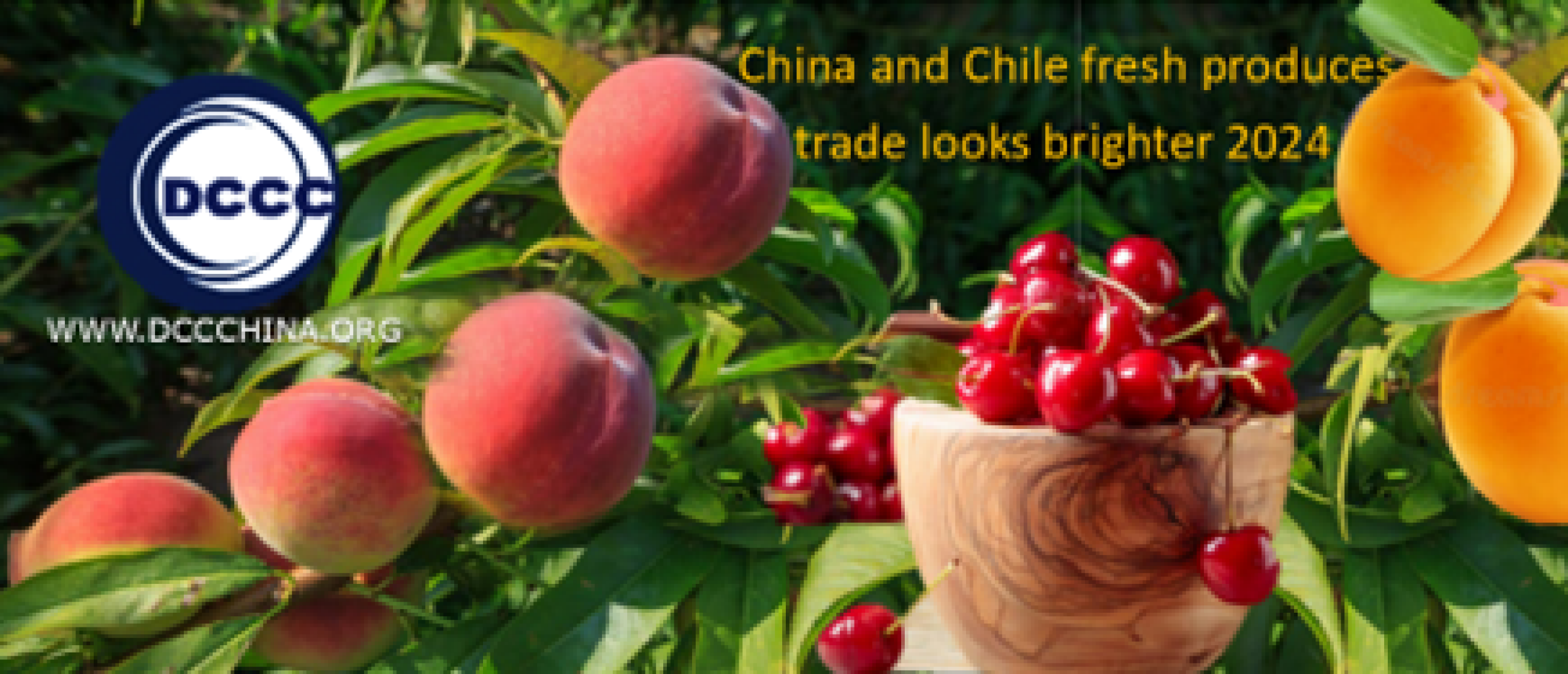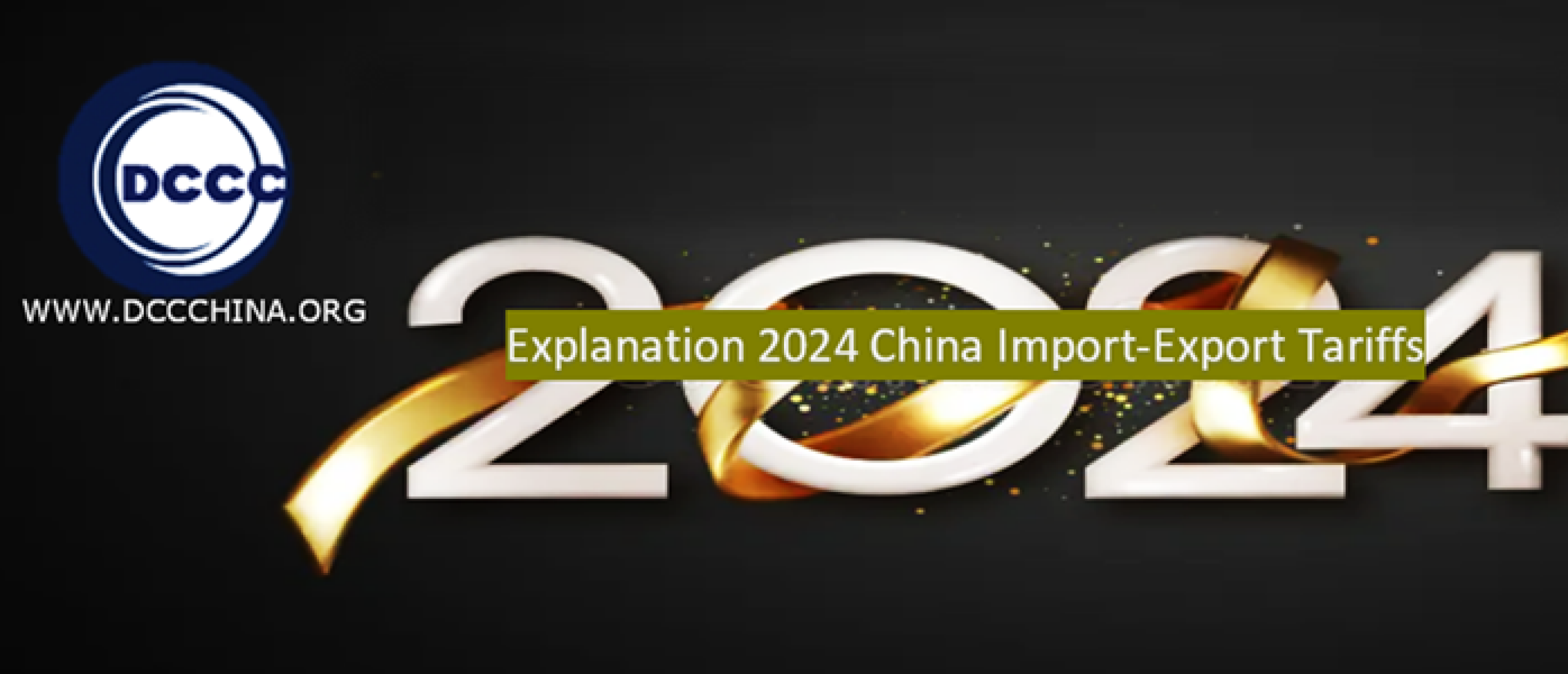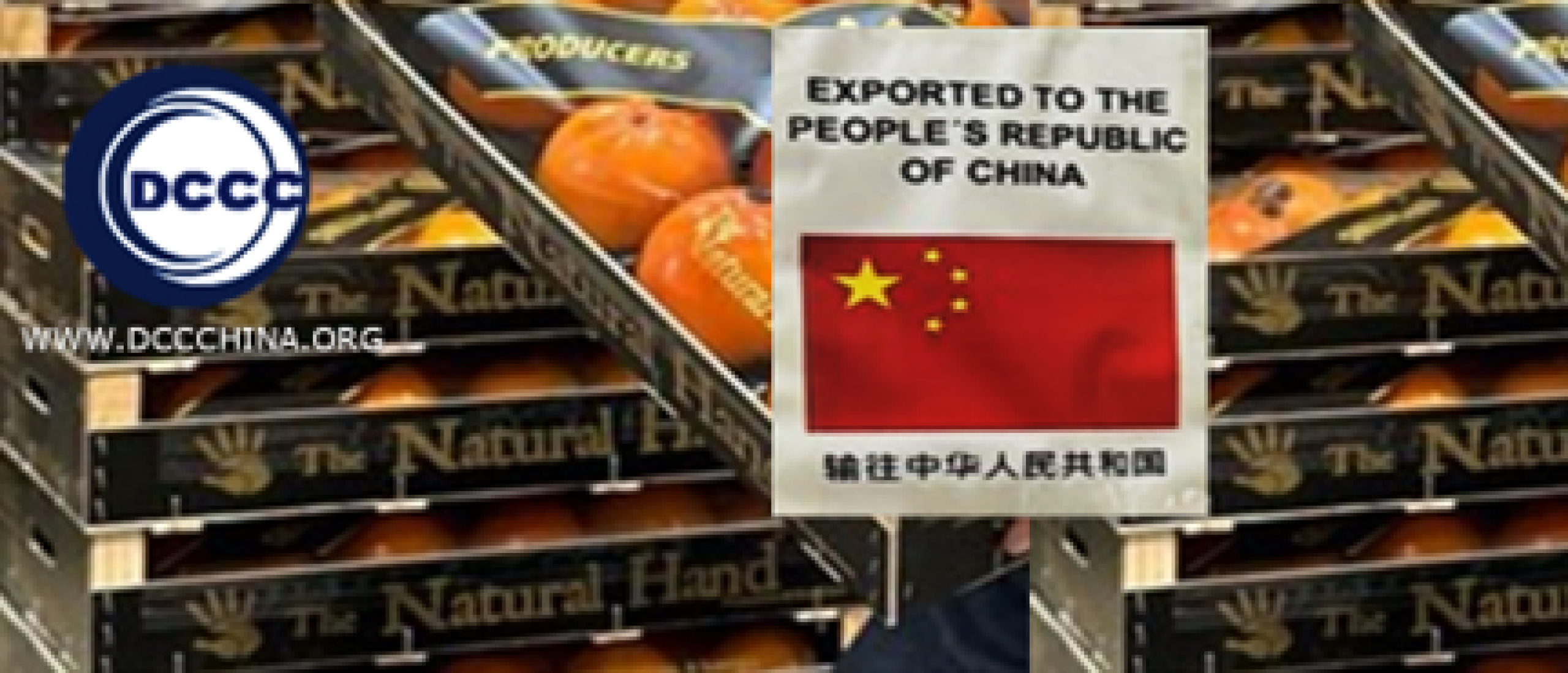
China announces fruit packaging new standards - applied from April 1, 2024
 The extreme use in packaging materials caused concerns in China, soon, this will be changed, China proposed a new set of packaging strategies, applied from April 1, 2024, aimed at reducing packaging waste by making it more recyclable, encouraging reuse and ensuring food safety and hygiene.
The extreme use in packaging materials caused concerns in China, soon, this will be changed, China proposed a new set of packaging strategies, applied from April 1, 2024, aimed at reducing packaging waste by making it more recyclable, encouraging reuse and ensuring food safety and hygiene.
To counter the excessive use of packaging materials
The centre discussions over extreme packaging materials used, for wrapping gifts, or fresh produce products, related authority in China has more clear strategies, and switches on the red light. Packaging continues to be at the centre of the concern, particularly about the packaging regulation. On the subject, primary functions of packaging, necessary packaging, excessive packaging, and impact, etc.
China has launched a new set of packaging requirements to counter the excessive use of packaging materials. Times is changing, environmental interests is at the centre, and packaging material used took new turn, not only from its primary functions, and it is necessary to assess the impact not only of the packaging itself, but also of its contents, packaging standards upgrading with times and new criteria.
In general, the role of fruits packaging, like all fragile fruits, to reduce waste for farmers and food waste for retailers, while ensuring hygiene and health safety for consumers. plastic is the only material that allows optimal product preservation and guarantees strict and standardised hygienic conditions.
New packaging requirements in China 2023/24 – three technical aspects
In October 2023, China State Administration for Market Regulation (National Standards Administration) issued the National Standard Announcement No. 10 of 2023. This mandatory national standard is officially called "Restricting Excessive Packaging of Commodities Requirements for Fresh Edible Agricultural Products". The standard was drafted by the Ministry of Agriculture and Rural Affairs and will be implemented from April 1, 2024.
It’s clear that this new fruit packaging standards, aimed at reducing packaging waste by making it more recyclable, encouraging reuse and ensuring food safety and hygiene. Particularly, for the re-use solutions against single use, not only in the interest of the consumer, but also in the special interests of the environment. The main technical indicators include three aspects:
- The first: the outside upper limit should include a 10%-25% packaging empty space.
- Secondly: vegetables, including edible fungi, should be packaged in no more than three layers of packaging. Fruits should be packaged in no more than four layers.
- Thirdly: the ratio of the packaging cost of fresh edible agricultural products should not exceed more than 20% compared to the overall sales price.
To prevent the waste of packaging materials - No excessive packaging
In recent years, to ensure fruit quality and improve product appearance, fruit packaging has become increasingly luxurious. For fruit sellers, putting fillers in fruit boxes to prevent unnecessary damage to the fruits during transportation, to help preserve the fruits, and to impress the consumer. However, in recent years, fruit packaging has become more luxurious, larger, more expensive, and, in the end, polluting.
With this new regulation, the Ministry of Agriculture hopes to prevent the waste of packaging materials and side effects that occur, including environmental damage and inflated consumer prices. Above all, in collaboration with related sectors, partners, customers, suppliers, associations, etc. to implement solutions that degenerate food waste, additional environmental and financial costs, to further arise public awareness over packaging concern, to promote new consumption behaviours.




